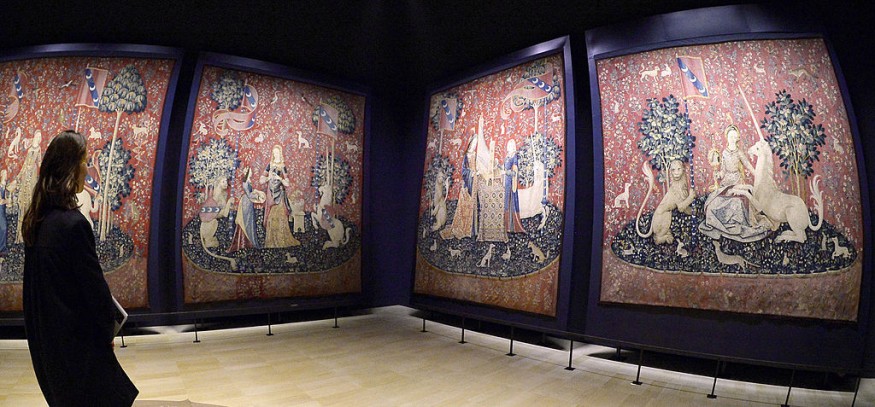Unicorns have been the subject of cultural and religious beliefs since antiquity worldwide. Characterized as a white horse with a single horn on its forehead, the legendary creature has been a symbol of divinity, love, and beauty; immortalized from ancient texts all the way to pop culture in modern history.
With related sightings mistaken for the Narwhal whales that live in the Arctic waters of Canada, Greenland, and Russia, US and UK museum officials have deciphered the probable heritage of the unicorn myth based on other real-life animals which are not derived from children's stories.
Asian Literature

According to the American Museum of Natural History (AMNH) in New York, depictions of the mythical beast date back from the written ancient texts in China as far as 2700 B.C. which is physically portrayed differently compared to Western literature.
The Chinese unicorn resembles a combination of different animals, with the body of a deer and the tail of an ox. The said creature also had a multi-colored dragon-like scale and a flesh-covered horn.
Based on the ancient writings, the unicorn appearance perceived in China is from the animals that we know in contemporary times, except for the fictional dragons, of course.
Also in Asia, the England-based St Neots Museum states unicorn-like imagery had its roots in the Indus Valley Civilization between 3300 B.C. to 1300 B.C. in South Asia, which consists of modern-day Afghanistan, India, and Pakistan.
Similar to its US counterpart, the UK museum also highlighted that the South Asian civilization depicted unicorns with a now-extinct wild ox called aurochs (Bos primigenius).
Also Read: Viral Starbucks Unicorn Frappucino Receives Backlash from Anthony Bourdain, Health Experts
Western Literature
For the time being, there were no consistent description of unicorns in Europe until tusks from the narwhals arrived in the medieval markets between 500 A.D. to 1500 A.D.; since then, unicorn horns were frequently described as a white spiral, which is similar to narwhal tusks, says AMNH.
In a study published in the European Journal of Archaeology in 2004, researchers claim the tusked-marine mammals were not immediately known in Europe until they became popular and helped Europeans reinforce their tusks to unicorns, especial through pictures and written materials, as cited by Live Science.
Yet, common belief amongst Europeans on the existence of the legendary beast disappeared during the 1700s, as per the St Neots Museum. This is due to the fact that geographical exploration and zoological studies have significantly progressed, with no evidence of what a real unicorn looks like.
Unicorn Myth
Based on the historical narrative of the unicorn myth laid out between the Asian and European literature, the description of unicorns is most likely based on mistaken sightings which developed into subjective interpretation and are embedded in the culture.
In current times, unicorns have already taken their evidence integration to pop culture, including in movies, as well as souvenir items, gift shop statues, and mugs, as per the paper of Bowling Green State University in 2015.
© 2025 NatureWorldNews.com All rights reserved. Do not reproduce without permission.





